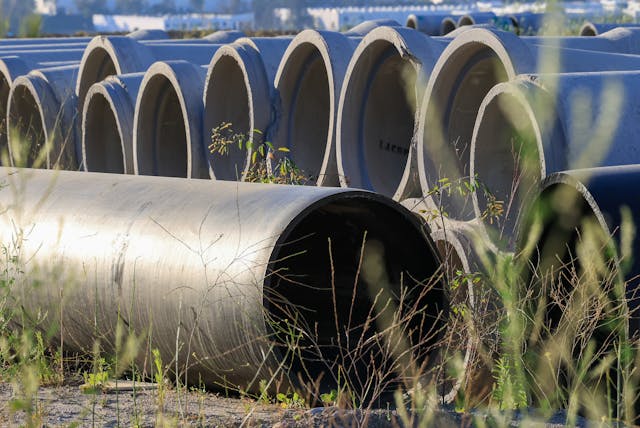
What to Know About Replacing a Sewer Line
Dealing with a sewer line issue is one of the more stressful home maintenance challenges a property owner can face. Sewer lines are responsible for carrying waste away from your home, and when they fail, it can lead to messy, expensive, and potentially hazardous situations. Understanding the basics of sewer line replacement can help homeowners make informed decisions and avoid unnecessary complications or costs.
Plumbing problems like sewer line damage often reveal themselves in subtle ways before a full breakdown occurs. Slow drains throughout the house, gurgling noises in toilets, and unpleasant odors around the yard can all signal that a line is compromised. Sometimes, more obvious issues, like sewage backup in bathtubs or basements, indicate immediate action is needed. Before rushing to replace the line, homeowners should have a professional plumber conduct a camera inspection to identify the exact location and severity of the problem. This diagnostic step can help determine whether a repair or a full replacement is necessary.
One of the first things to know about sewer line replacement is that there are several methods available, each with its own advantages. Traditional trenching involves digging up the old line and replacing it entirely, which can be disruptive to landscaping, driveways, or sidewalks. Trenchless methods, like pipe bursting or pipe lining, are less invasive and can often be completed more quickly. Pipe bursting involves breaking the old pipe while pulling a new one into place, whereas pipe lining installs a resin-coated tube inside the existing pipe to create a new interior surface. Discussing these options with a licensed professional can help homeowners choose the best method for their property and budget.
Cost is another major consideration. Sewer line replacement can range from a few thousand dollars to over ten thousand, depending on the method used, the length of the line, and accessibility. Homeowners should request multiple quotes and verify that each contractor is properly licensed and insured. Some cities also require permits or inspections before and after the work, which can add time and cost to the project. It’s important to factor these steps into the overall timeline to avoid delays or compliance issues.
Homeowners should also consider whether their insurance or local utility programs offer any coverage or assistance. Standard homeowners’ insurance policies often exclude sewer line replacement unless the damage is caused by a specific covered peril. However, some utility providers offer optional sewer line protection plans that may offset costs if a replacement becomes necessary. Checking these details ahead of time can help minimize financial surprises.
Finally, after the line is replaced, ongoing maintenance is essential to extend its lifespan. Avoid flushing anything other than toilet paper and human waste, and be cautious about planting trees near sewer lines, as roots are a leading cause of damage. Scheduling periodic inspections, especially for older homes, can catch minor issues before they become major emergencies.
Replacing a sewer line may never be convenient, but knowing what to expect makes the process less daunting. By recognizing warning signs early, exploring the available replacement methods, and working with qualified professionals, homeowners can restore their plumbing.



